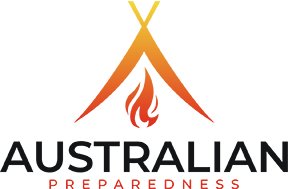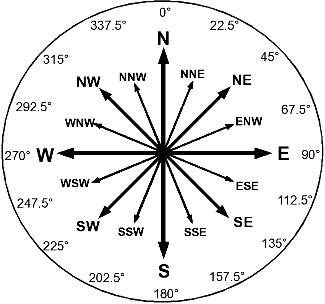No products in the cart.

In a previous blog, we went over the different navigation techniques one could use. In this blog, we will go over the very important skill of being able to read one of them. Being able to read a compass is a skill that will always come in handy, especially in Australia. When there are no landmarks and the skies are gray, reading a compass may save your life. You cannot always depend on GPS, because there are times when it may fail, or others where you may not have it. Add to your prepping lifestyle by knowing how to use one of these.
First of all, there are four things called cardinal points that will indicate the direction you are in. These are north, south, east and west. There is no such thing as right and left when you use a compass – get that concept out of your head. From now on, you only know the cardinal directions.
You will want to hold your compass in a comfortable position, firmly and above your waist. Make sure the needle is pointing away from you. Next, try moving your body around. Notice how despite your body moving, the needle does not. Keep turning until your arrow points east.
As far as directions such as northeast – those are called intercardinal points. The others are northwest, southwest, and southeast. These are directions which are halfway between north and east. Secondary intercardinal points are between each cardinal and intercardinal point. These would be known as north-northeast, east-northeast, etc. These are great to know, but in order to know precisely where you are going, you will need to be able to read degrees on a compass.
Your needle will always point north, which will typically be the red side. Since Australia is in the southern equator, stand facing the sun at lunch time. The red end that points towards the sun is north, and the opposite end is south. When above the equator, the opposite directions will apply.
Bearings are another method towards finding direction. Where you are going is called a heading. You can practice inside your house, with objects that are familiar to you. Move your body with your compass and see where the bearings point to. Once you have that figured out, you can see what degrees are in that direction. Over time, you will get better and better with practice.
Some extra tips we have for those who want to learn how to read a compass:
- Do not tilt the compass – the needle will not move as it is supposed to.
- If you are heading towards the sun, you are going north.
- Don’t store your compass next to metal objects such as knives and keychains. These will cause you to have a false reading.

